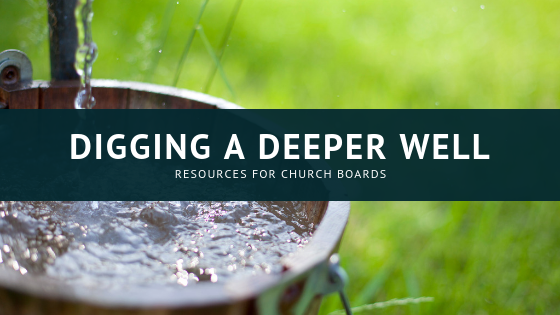Isn’t it ironic that a season set aside for contemplation has become so crowded?
During Advent, the world crowds in on us and our churches.
At closer look, though, church itself – with very little help from culture – crowds in too.
There’s the sign-up for the Christmas pageant.
There’s the sign-up to sew new costumes for the Christmas pageant and help repair last year’s badly bent angel halos.
There’s the sign-up to brink snacks for the work session to sew the new costumes and repair the bent halos.
There’s the children’s program. The special giving activity. The call for the finance committee to meet one more time to figure out next year’s budget.
And there are the extra choir rehearsals, the Advent Bible studies, the holiday parties for the choir, the board, the Sunday school class, the altar guild.
All that is before the Hanging of the Greens, the caroling parties to the homebound, and the youth groups’ Secret Santa parties.
And all this is reflected in December’s worship bulletins, with their margins crowded and reduced to a minimum to make room for instructions, announcements, and calendars.
In his recent blog post “What are the margins for?,” marketing guru Seth Godin ponders why we need margins—and why we might be tempted to crowd them.
A publisher recently sent me a 1,000-page book. The paper was perfect in its balance between opacity and thinness, but the margins were too small.
The production designer made a choice–push the text all the way to the edges, allowing the book to shave 20 or 30 pages in length. Sensible.
Except now, every single page seems cramped. The book is tense and can’t relax and feels faintly amateurish. Why would a missing half-inch strip of white paper matter?
All of our media has margins. Even as computer and phone companies have made bezels ever smaller, we still want there to be a margin, a space between the thing we’re engaging with and the rest of the world. Movies have coming attractions and credits. Record albums have a few seconds between songs. Paintings have a frame, or a wall separating them from the next…
The edges do more than delineate. They give the person encountering the work confidence that a professional made it, someone who has an eye for what seems right and can respect the edges. It takes discipline to only go near the margin when you’re doing it on purpose, to make a point, not all the time.
Jackson Pollock not only abandoned the frame; he violated our understanding of the margin as well. But because he did it with intent, not out of commercial necessity or ignorance, his point was made.
The self-discipline to see the margin and use it as a tool is a gift we offer the consumer of culture.
- What do well-defined margins do? Why are they important to our experience of the thing they surround?
- Why do things feel “faintly amateurish” when there is too little margin between them and the world? Why do they feel like they are “tense and can’t relax,” in Godin’s words?
- How do we mark off church from the rest of the world, especially during Advent?
- How might margins be important to visitors to your church during the coming holidays? What can you do to provide and preserve those margins?
In contrast to crowded bulletins, the Biblical texts the church uses to describe Advent are decidedly un-crowded. They offer expanses of desert and wilderness—vast empty spaces into which new life unexpectedly comes. Consider the beginning of Isaiah 35:
The wilderness and the dry land shall be glad,
the desert shall rejoice and blossom;
like the crocus 2 it shall blossom abundantly,
and rejoice with joy and singing.
…They shall see the glory of the Lord,
the majesty of our God.
Strengthen the weak hands,
and make firm the feeble knees.
Say to those who are of a fearful heart,
“Be strong, do not fear!
Here is your God.
…Then the eyes of the blind shall be opened,
and the ears of the deaf unstopped;
then the lame shall leap like a deer,
and the tongue of the speechless sing for joy.
For waters shall break forth in the wilderness,
and streams in the desert…
- Why talk about marginal places like wilderness and desert in this time of Advent?
- How does the Isaiah text align with decisions your church board has made about how to observe Advent?
- Think again of those who may visit your faith community for the first time during Advent. New visitors rarely want to plunge in and “sign up for everything.” Where are the “marginal spaces” where they might find a place in your church?








No Comments